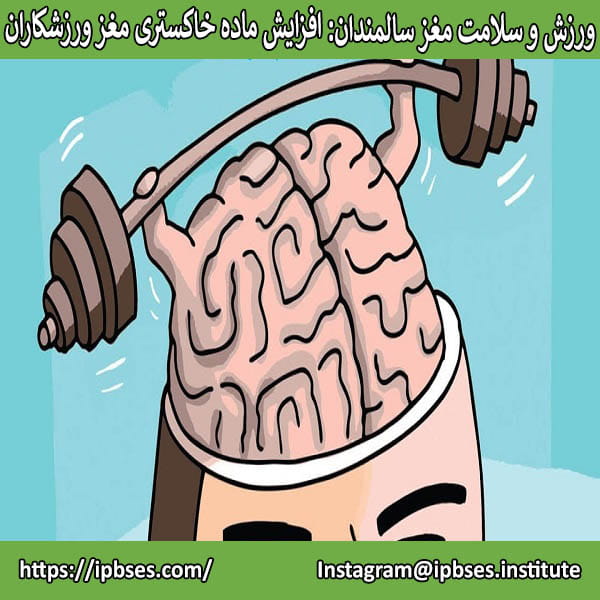پژوهشگران دانشگاه گغایسفلد، و دانشگاه ینا آلمان در پژوهشی مشترک به بررسی وضعیت ماده خاکستری مغز ورزشکاران و رابطه بین ورزش و سلامت مغز سالمندان و میانسالان پرداختند.
روش پژوهش:
- در این پژوهش تحلیل ثانوی، داده ها مربوط به 1182 نفر از پژوهش SHIP-2 (پژوهش سلامت پومرانیا) که از سال 1998 آغاز شده است، مورد بررسی و تحلیلی قرا گرفتند.
- ابزارهای پژوهش شامل پرسشنامه میزان فعالیت ورزشی طی تابستان و زمستان، و تصویر برداری MRI با شدت میدان 1.5 تسلا بودند.
- متغیرهای کنترل شامل سن، جنسیت، حجم کلی مغز، تحصیلات، مصرف دخانیات، مصرف الکل، شاخص توده بدنی، سابقه بیماری های روانپزشکی و بیماری های اعصاب بودند.
یافته ها:
- افرادی که بیش از 1 ساعت فعالیت ورزشی در هفته دارند، حجم ماده خاکستری مغزی بیشتری در ناحیه پشتی-میانی لوب پیشانی، ناحیه پیشین لوب آهیانه، گوه/ پیش گوه دارند.
- در افرادی که سن بالای 55.5 سال دارند، هر چه میزان فعالیت ورزشی هفتگی بیشتر از 1 ساعت باشد، میزان چگالی ماده خاکستری مغز بیشتر است.
- هرچه سبک زندگی افراد در میانسالی و سالمندی فعال تر باشد، میزان چگالی ماده خاکستری مغز آنها بیشتر است.
راهبردهای کارکردی:
- افزایش فعالیت بدنی و ورزشی در میانسالی و سالمندی منجر به افزایش حجم مغز در نواحی مربوط به خودآگاهی، یادگیری، و حافظه کاری می شود.
- رعایت رژیم غذایی مناسب (بویژه رژیم غذایی مدیترانه ای)، مصرف آنتی اکسیدان، و ورزش منظم منجر به افزایش حجم ماده خاکستری مغز و در نتیجه کاهش احتمال زوال عقل (دمانس) و آلزایمر در سنین سالمندی می شود.
Physically active life style is associated with increased grey matter brain volume in a medial parieto-frontal network
Abstract
To examine the association between the amount of sports activity performed during leisure time and gray matter volume (GMV) of the brain we investigated differences in GMV in a large cohort study of community-dwelling older adults.
Method
967 individuals indicated their average weekly sports activity via a questionnaire, and underwent high resolution T1-weighted structural imaging of the brain.
We used voxel based morphometry (CAT 12) in a region of interest approach for:
(1) comparing participants with higher versus lower sports activity (median split).
(2) calculating a linear regression on GMV and sports activity.
We carefully corrected for other factors known to have an impact on GMV (sex, age, total brain volume, education, cigarettes and alcohol consumption, body mass index) and excluded pathology (history of psychiatric or neurological disease; visual inspection of brain scans).
Results
Those participants who spend more time performing sports activity per week (median split with > 1 h/week) showed higher GMV in the dorsomedial frontal lobe, the superior parietal lobe, and the precuneus/cuneus area.
When splitting participants by their median (55.5 years) into two groups we found a stronger protective effect of sports against age related GMV decline for the older part of the cohort.
Conclusion
Overall, a more active lifestyle was associated with increased GMV in areas associated with self-awareness and working memory. These cohort data support data on the protective role of sports activity for the GMV.




